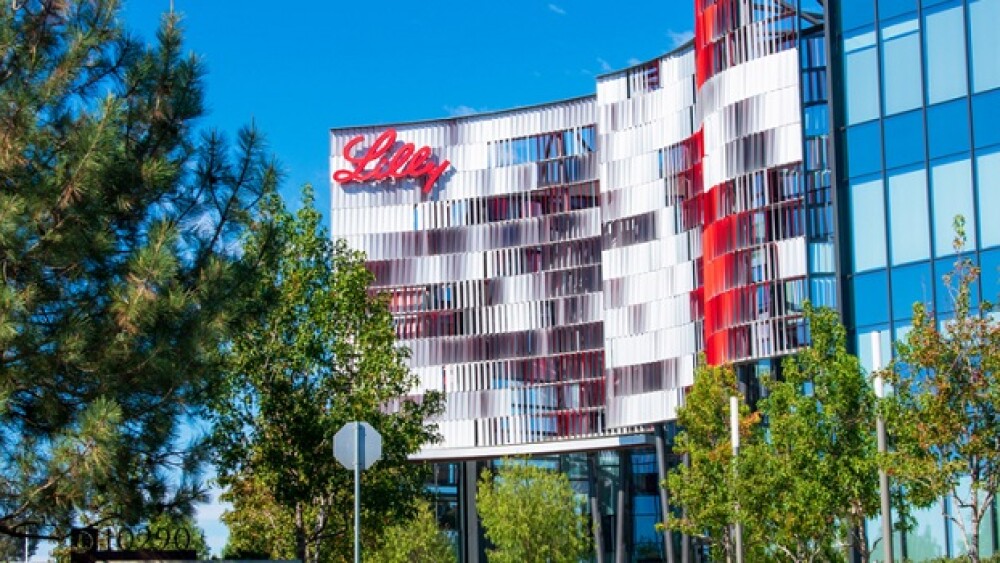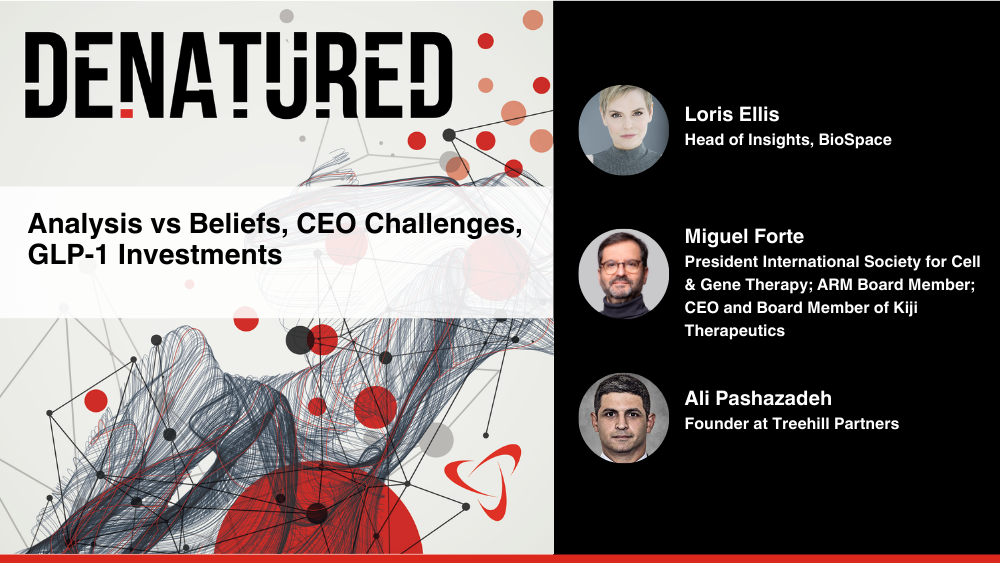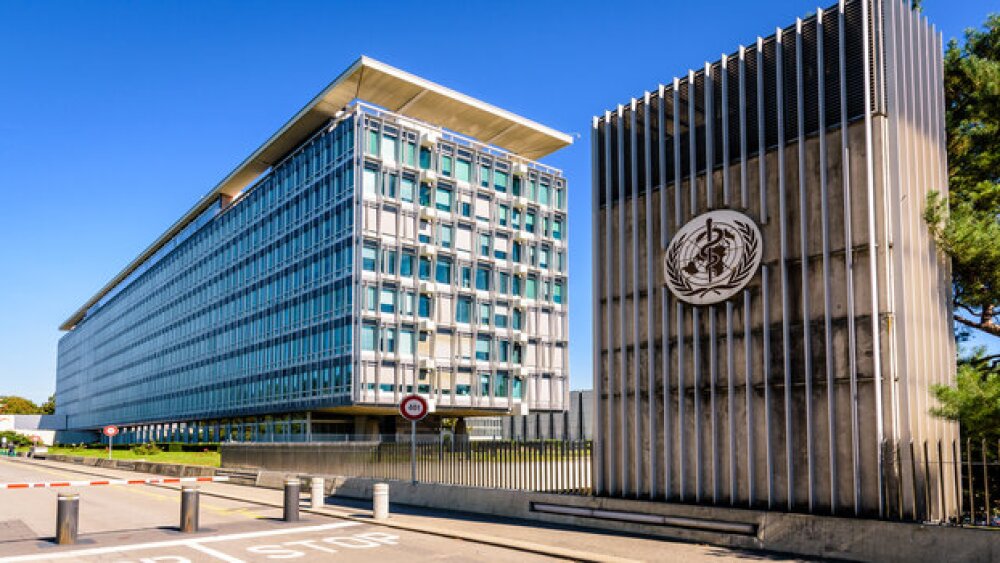Arch Biopartners Inc. (“Arch” or the “Company”) (TSX Venture: ARCH and OTCQB: ACHFF), announced today it has entered into an exclusive agreement with the University of Cincinnati (UC) to license new patent claims for an AB569 topical wound application designed to prevent, treat and heal burn/blast wound infections.
TORONTO, March 24, 2021 (GLOBE NEWSWIRE) -- Arch Biopartners Inc.. (“Arch” or the “Company”) (TSX Venture: ARCH and OTCQB: ACHFF), announced today it has entered into an exclusive agreement with the University of Cincinnati (UC) to license new patent claims for an AB569 topical wound application designed to prevent, treat and heal burn/blast wound infections.
AB569 was invented by Dr. Daniel Hassett at UC to target multi-drug resistant infections that are difficult to treat in the lungs, wounds of soldiers (burns or blast), surgical incisions and diabetic skin ulcers. This new agreement builds on the existing license of AB569 that Arch has with UC.
“With this new license, Arch now has a commercial path to develop the topical wound gel version of AB569 for clinical use. We look forward to exploring opportunities where Arch can support human trials targeting the prevention and treatment of antibiotic resistant infections in wounds,” said Richard Muruve, CEO of Arch Biopartners.
Burn or blast injuries are a major cause of morbidity and mortality, particularly in the military. In some cases this is due to sepsis, which is often preceded by wound infection that delays wound healing. A significant challenge in treating bacterial infections is their inherent or acquired antibiotic resistance. AB569 has been shown to kill multi-drug resistant (MDR) Gram-negative (G-) bacteria such as Pseudomonasaeruginosa, that is responsible for over half of all severe burn infections, and identified as a “major pathogen” by the Centers for Disease Control and Prevention(1).
Treatment strategies for burn wound infections are currently challenging and limited due to the ability of G- bacteria to readily adapt through mutations, often in response to multiple antibiotic regimens. Hence, there is a critical need to develop novel and effective antimicrobials such as AB569 for the prevention, treatment and healing of burn/blast wounds that are complicated by G- infection.
About AB569
AB569 is a synergistic antimicrobial tandem of slightly acidified sodium nitrite and EDTA that has the critical advantage over conventional antibiotics in that it down regulates many of the genes in the bacterium responsible for survival. In a recent publication in the Proceedings of the National Academy of Sciences, Dr. Hassett’s group showed that AB569 caused a catastrophic loss of the capacity to support vital core biosynthetic and metabolic pathways of multi-drug resistant pathogen, Pseudomonas aeruginosa. These include the synthesis of DNA, RNA, protein, ATP and the ability of bacteria to breathe by both aerobic and anaerobic respiration.
PNAS Link:
https://www.ncbi.nlm.nih.gov/pmc/articles/PMC7060718/
PloS One Synopsis and Link:
Acinetobacter baumannii infections have historically been a major clinical challenge for both military and civilian health professionals, especially during the Iraq/Afghanistan conflicts. In the context of combat medical care and acquired wound, burn, blast and ventilator-associated pneumonia (VAP) infections, Acinetobacter baumannii represents a formidable multi-drug resistant (MDR-AB) pathogen and, as such, is a top 10 CDC priority organism. In another recent publication, Dr. Hassett’s group showed that AB569 is effective at killing Acinetobacter baumannii. For more details, please access the following link:
https://www.ncbi.nlm.nih.gov/pmc/articles/PMC7928478/
References:
1. Hodle AE, Richter KP, Thompson RM. 2006. Infection control practices in U.S. burn units. J Burn Care Res 27:142-151.
About Arch Biopartners
Arch Biopartners Inc. is a clinical stage company focused on the development of innovative technologies that have the potential to make a significant medical or commercial impact. Arch is developing a pipeline of new drug candidates that inhibit inflammation in the lungs, liver and kidneys via the dipeptidase-1 (DPEP-1) pathway for multiple medical indications.
Continuing under development in the Arch portfolio are: AB569, a potential new treatment for antibiotic resistant bacterial infections in wounds and the lungs; and ‘Borg’ peptide coatings that increase corrosion resistance and decrease bacterial biofilm on various medical grade metals and plastics.
For more information on Arch Biopartners, its technologies and other public documents Arch has filed on SEDAR, please visit www.archbiopartners.com.
The Company has 61,462,302 common shares outstanding.
Forward-Looking Statements
All statements, other than statements of historical fact, in this news release are forward looking statements that involve various risks and uncertainties, including, without limitation, statements regarding the future plans and objectives of the Company. There can be no assurance that such statements will prove to be accurate. Actual results and future events could differ materially from those anticipated in such statements. These and all subsequent written and oral forward-looking statements are based on the estimates and opinions of management on the dates they are made and are expressly qualified in their entirety by this notice. The Company assumes no obligation to update forward-looking statements should circumstances or management’s estimates or opinions change.
Neither TSX Venture Exchange nor its Regulation Services Provider (as that term is defined in the policies of the TSX Venture Exchange) accepts responsibility for the adequacy or accuracy of this release
For more information, please contact: Richard Muruve Chief Executive Officer Arch Biopartners, Inc. 647-428-7031 info@archbiopartners.com





